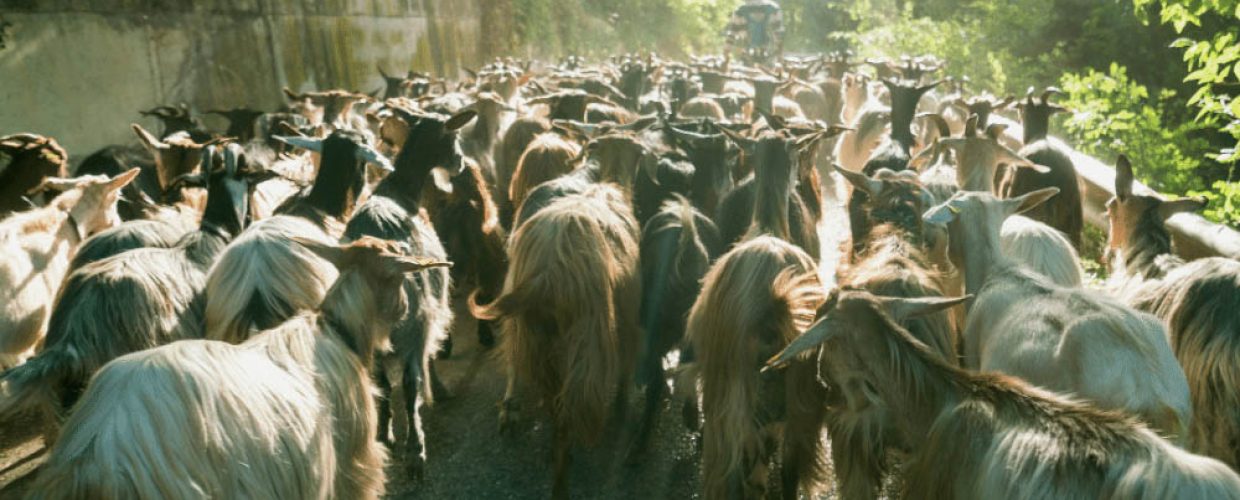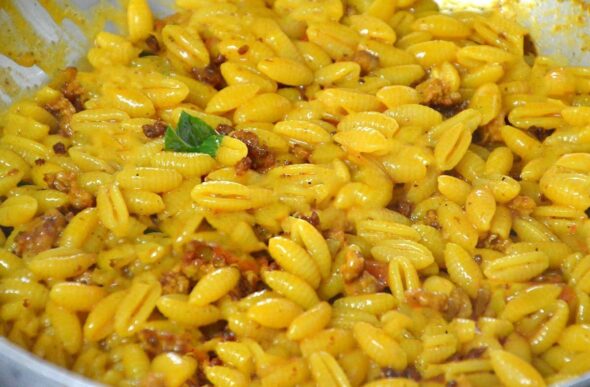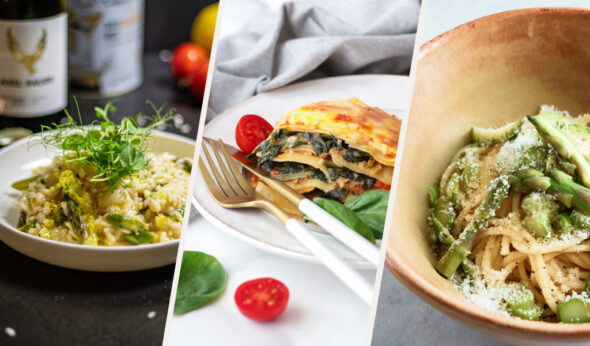Transhumance is an ancient Italian custom, today scarcely surviving, by which large flocks of sheep in the mid-fall were driven south from the hilly and mountainous regions of the Apennines to winter over in the more southern coastal plains. In the mid-spring of each year, this migratory pattern was reversed as the herds travelled to the fresher and greener pastures of the higher Apennine elevations in the Abruzzo Region of Italy.
In past centuries, the Transumanza had a great impact on the lives of the shepherds whose job was made more difficult by the lack of modern agricultural machinery, enclosed pens for grazing, and refrigeration of the sheep’s milk that was gathered along the way.
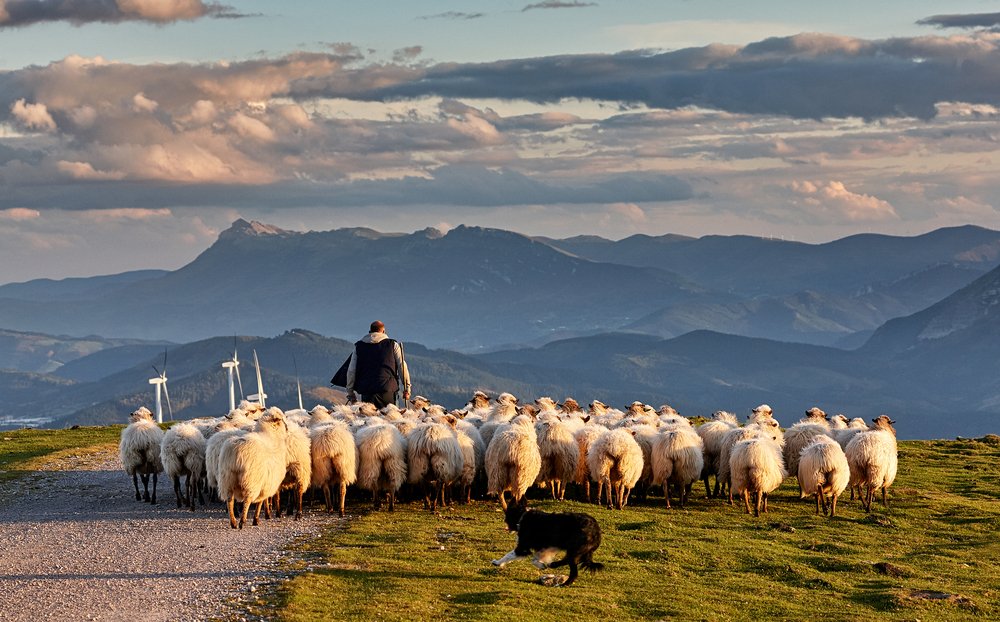 |
A preparation that is truly ancient and absolutely, uninterruptedly linked to the millennial practice of sheep farming in Abruzzo, is the “Micischia”. This is nothing more than dried meat, specially preserved and flavoured, which accompanied and fed the shepherds in their continuous pilgrimage following the flocks. As is well known, in fact, the living and working conditions of transhumant shepherds force constant mobility, which requires to minimize the needs and equipment, lightening and “synthesizing” as much as possible the load that each must carry daily with itself to meet your needs.
Dried meat is the most classic of foods for those who constantly move in the wake of cattle (very widespread, for example, even among the cowboys of the American West, as among the Mongols, the Tartars, the Cossacks, the Masai, all populations of farmers nomads) and appears in the food equipment of all nomadic populations on the planet.
 |
Preserved cheese was used in the winter period, because its important nutritional, caloric and protein characteristics were necessary to overcome the cold and not to weaken the body, forced to endure the fatigue of hard work. So a piece of pecorino cheese for shepherds, wayfarers, farmers, woodsmen, was the simplest and most nutritious meal.
The cheese prepared in spring was placed in caves, in the warehouse or lowered into the pit, sheltered from both the sun’s rays, therefore from the heat, and from any pollution of flies and other insects interested in this delicious delight. It was taken out, tasted and then sold after the first storm that announced the arrival for a new transhumance, in September that announced the advent of the cool season, autumn.
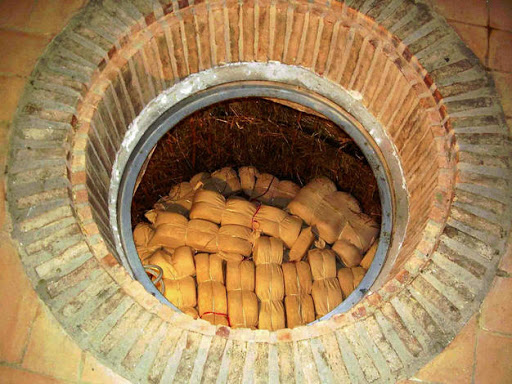 |
The shepherds can thus exchange their cheeses and ricotta with bread, wine, eggs with the local farmers. The tacit appointments at the sources and meeting places have always been organized for the exchange of fresh products. They used to go to the nearby town to exchange products for tobacco, matches, salt. The legacies of shepherds’ food are still eaten on the tables of the villages in valleys and mountains of the Apennines.
Dried meats, aged cheeses, crackers or “taralli” created specifically to be preserved and consumed for many days along the way (the same was true for soldiers during war campaigns).
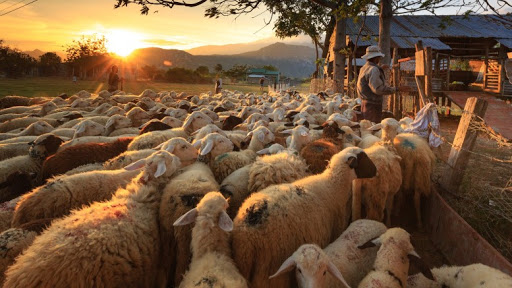 |
The shepherds also used to eat pancotto, which is a soup made with stale bread boiled in broth or water and seasoned. Like all bread soups, it is a dish of peasant origin, created not to waste anything and is present in all regions of Italy, with infinite variations due to the type of bread, the liquid used and the cooking process. Even shepherd’s dogs ate the same preparation. Meat was eaten only when some sheep died, either by accidental causes or devoured by wolves. The shepherd, while looking after the sheep in the silence of the pasture, as a pastime, carved the wood and played the bagpipe and the shawm.
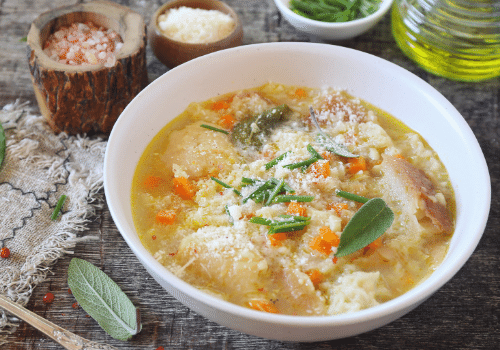 |

